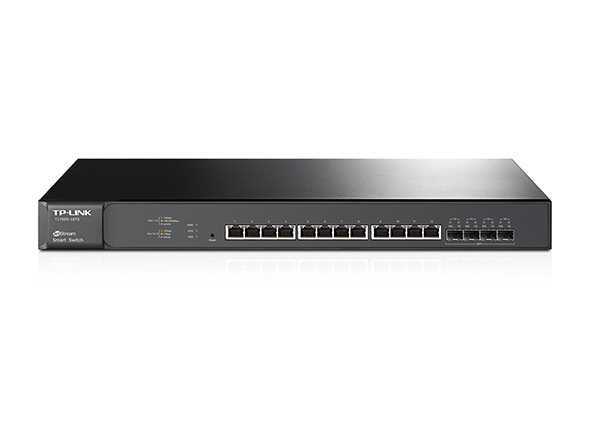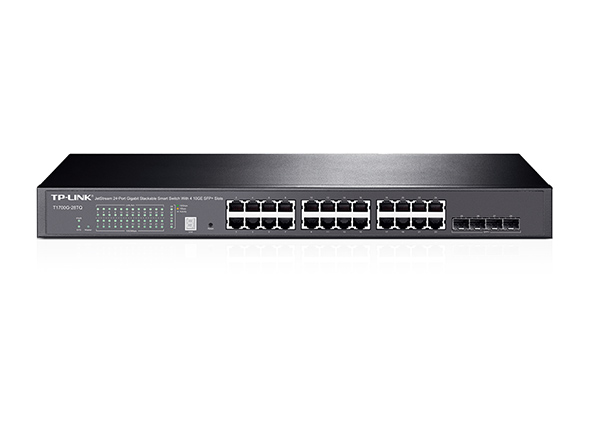FS 10G BiDi SFP+ transceiver offers a cost-effective solution for transmitting and receiving signals over a single-strand fibre. It effectively utilizes existing fibre deployments, maximizing capacity and bandwidth for 10 Gigabit Ethernet.
Features and Specifications
Utilising WDM technology, FS 10G BiDi SFP+ transceiver features a single fibre port directly on the transceiver itself. This technology employs two distinct wavelengths: one for upstream and one for downstream communication, enabling bidirectional data transmission over a single fibre. FS 10G BiDi SFP+ transceivers are offered in four configurations: 1270nm-TX/1330nm-RX, 1330nm-TX/1270nm-RX, 1490nm-TX/1550nm-RX, and 1550nm-TX/1490nm-RX. Detailed parameters are outlined in the chart below:
| Wavelength | Max. Data Rate | Available Distance | Connector | Optical Components | DOM Support | Protocols |
| 1270nm-TX/1330nm-RX | 10.3125Gbps | 10km, 20km, 40km, 60km | LC simplex | DFB BiDi | Yes | SFP+ MSA Compliant, CPRI, eCPRI |
| 1330nm-TX/1270nm-RX | 10.3125Gbps | 10km, 20km, 40km, 60km | LC simplex | DFB BiDi | Yes | SFP+ MSA Compliant, CPRI, eCPRI |
| 1490nm-TX/1550nm-RX | 10.3125Gbps | 80km, 100km | LC simplex | DFB BiDi | Yes | SFP+ MSA Compliant, CPRI, eCPRI |
| 1550nm-TX/1490nm-RX | 10.3125Gbps | 80km, 100km | LC simplex | DFB BiDi | Yes | SFP+ MSA Compliant, CPRI, eCPRI |
Note: BiDi transceivers must be used in pairs, which means if you use 1270nm-TX/1330nm-RX at one end, the other end of the link must be a 1330nm-TX/1270nm-RX transceiver.
Platform Support
FS 10G SFP+BiDi transceivers support multiple device brands including Cisco, Juniper, Brocade, Dell, Extreme, HW, Ciena, FS and other switch vendors.
| Brand | Series | Model |
| FS | S5850 Series | T5850-48S6Q-R |
| Cisco | WS Series | WS-C4500X-24X-ES |
| Cisco | WS Series | WS-C3850-48XS-F-E |
| Cisco | WS Series | WS-X4904-10GE |
| Cisco | Nexus Series | Nexus 9000 N9K-C9396PX |
| Cisco | Nexus Series | Nexus 7000 N77-F348XP-23 |
| Cisco | ASR Series | ASR 9000 A9K-RSP440-TR |
Application
FS BiDi SFP+ transceivers are designed for long-haul 10Gb links. Nowadays, many enterprises and campuses are using BiDi transceivers to replace the legacy duplex SFP+ transceivers. Especially for campus environments requiring fibre connectivity to a large number of endpoints, FS brings the solution. The following figure shows a common 10G link between SFP+ switches via BiDi SFP+ transceivers and an LC simplex cable.

Ordering Information
Plenty of 10G BiDi SFP+ transceivers inventory is available in FS global warehouses. Customised product compatible brand, transmission distance, and wavelength are provided. For more available brands or series of products, please check out the product page or contact your account manager.
Related Articles:
SFP-10G-SR vs SFP-10G-LRM vs SFP-10G-LR, Which to Choose?
Is SFP Compatible With SFP+? Can 10G SFP+ Run at 1G SFP Gigabit Switch Port?




